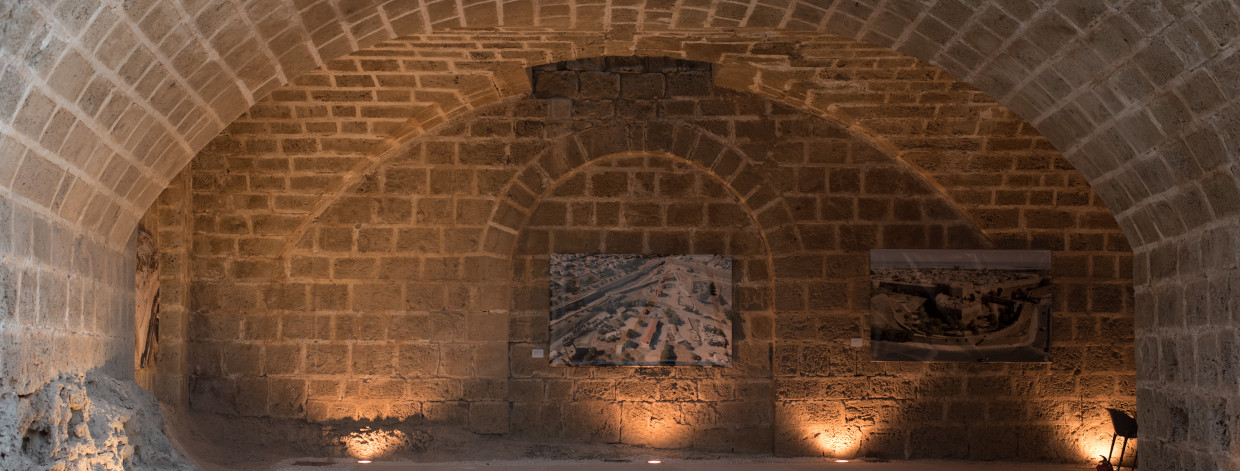Start Date: July 2016
End Date: September 2017
Type of Intervention: Conservation works
Total Project Cost: Approx. €600,000
ABOUT THE VENETIAN WALLS
Famous throughout Europe, the Middle East and North Africa, the Walls of Famagusta were constructed over many centuries as the city grew, changed rulers and adapted to warfare technology. The first fortifications were most likely made by the Lusignans after the Third Crusade sometime in the 10th Century (992). It is safe to assume the Lusignans made many modifications until the interruption of their reign by the Genovese (1372). The Genovese made many modifications and improvements, such as expanded ditches, fortified and enlarged gates. The Lusignans later reconquered the city and ruled for several more years before being formally incorporated into the Venetian Empire. The Venetians also made enormous interventions and improvements to the walls (1489-1571). The tomans ruled Famagusta from 1571 to. 1878 and broadened the walls in several construction phases. During the British period (1878-1960), new interventions, including conservation measures, were also conducted. The walls are principally constructed of a rubble masonry core with sandstone ashlar facing held together with a variety of mortars. They are an important record of military architecture and adaptation to changing technology and rulers. Of particular note is the fact that there are few such fortifications still in existence, making its protection and conservation even more important.
THE CONSERVATION PROJECT
A Survey, Investigations, Assessment and Project Design study was carried out between April and August 2014. This resulted in a condition assessment and report for both the city and port side of the walls between the Othello Tower and the Arsenal. The aim of the study was first to identify the critical problems, research and understand the monument and then create the designs for stabilising the monument, protecting the ciements that are most at risk, while also observing intermationally recognised conservation standards. Works focused only on the city side of the walls between the Arsenal and Sea Gate and induded access control measures, site and vegetation cleaning, drainage control system, masonry and stone works, access for persons with disabilities and provision of information for visitors.
A completion ceremony was held on 12 September 2017.
